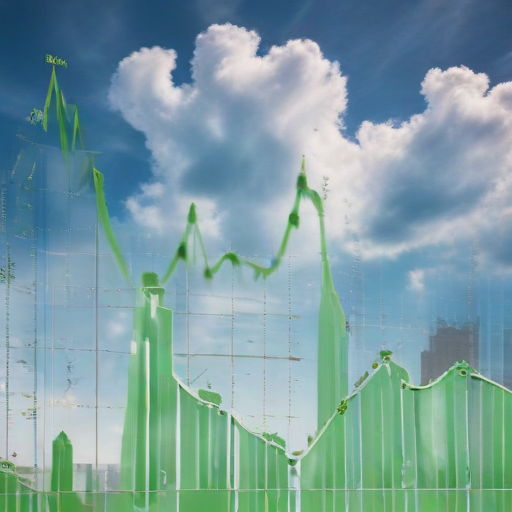Disney’s stock enjoyed a notable rise in early trading on Friday, continuing the momentum from Thursday when the company exceeded Wall Street’s quarterly projections and offered a positive long-term outlook. The shares surged by 6% the previous day and climbed another 3% in early trading, reaching approximately $112. So far in 2024, Disney shares have risen 21%, though they still trail the S&P 500’s 25% uptick within the same timeframe.
The upward shift in Disney’s stock follows a breakout above a pennant pattern last week, buoyed by stronger-than-expected quarterly results. Notably, the trading volume has been above average, indicating significant interest from institutional investors.
Disney’s optimistic projections include a $3 billion stock buyback plan over the next year and forecasts of high-single-digit earnings per share growth in fiscal 2025, with expectations of double-digit growth in fiscal 2026 and 2027. A strong performance in its streaming business, which reported a $321 million operating profit for the September quarter, is expected to be a key driver of this growth.
Investors are advised to monitor certain key price levels on Disney’s chart. The first critical level is $123, which is positioned just above the significant 200-day moving average. Should the stock close above this barrier, it may rise further towards $137, where investors might consider selling. A push beyond this point could lead shares to the $153 area, representing a potential increase of 40%.
However, should there be a market reversal, the $85 support level is essential, as it aligns with a multi-year horizontal line that connects previous lows during the pandemic and significant troughs experienced earlier this year.
In summary, Disney is experiencing a responsive market positively affected by its latest earnings report and strategic financial plans. Investors appear optimistic about the entertainment giant’s return to growth as it capitalizes on its streaming success.
This positive trend reflects a renewed confidence in Disney’s future, signaling potential growth not only for the company but also for its stakeholders and broader market participants.
